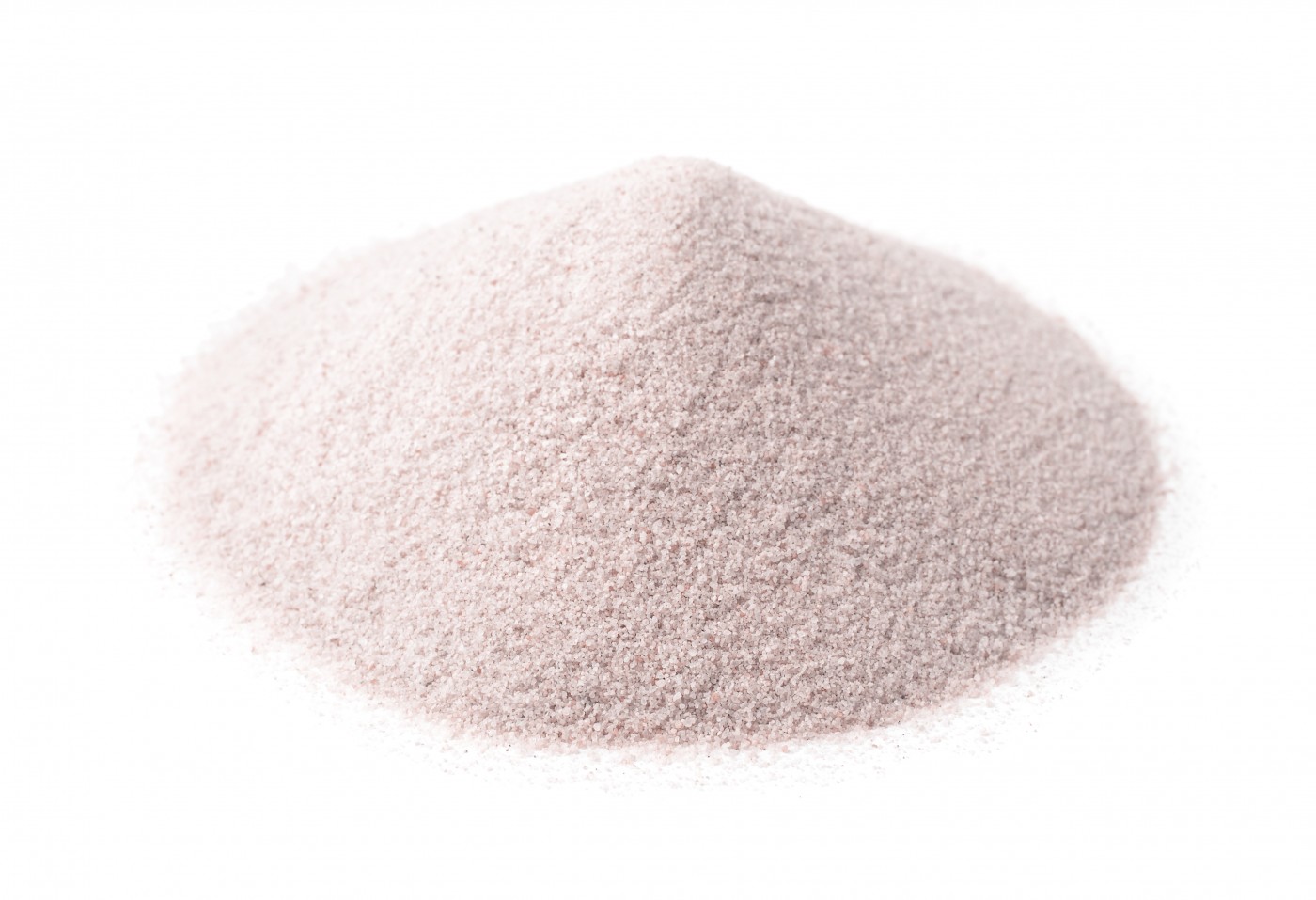In Rare Case, Pulmonary Hypertension Linked to Sarcoidosis Is Traced to Silica Dust Exposure

A study recently published in the journal European Respiratory Review reported the case of a man with pulmonary hypertension resulting from silica exposure-induced sarcoidosis. The report urges clinicians to be aware of this rare cause of pulmonary hypertension, in which specific analyses are needed to confirm a diagnosis.
Sarcoidosis is a common cause of pulmonary hypertension, and is linked to a poor survival rate. In very rare instances, sarcoidosis-associated pulmonary hypertension can be caused by fibrosis in chest organs, such as the heart or lungs, mechanically compressing lung blood vessels. A diagnosis can be challenging, since imaging might indicate other causes of the pulmonary hypertension.
In the report, titled “A rare case of sarcoidosis-associated pulmonary hypertension in a patient exposed to silica,” researchers at the University of Paris-Saclay described a man with pulmonary hypertension linked to sarcoidosis-associated fibrosis of the chest.
The man, a 66-year-old dental technician, had been exposed to crystalline silica dust during his 35 years of work. He had been diagnosed with HIV 25 years earlier, but was treated with highly active antiretroviral therapy. Researchers thought it unlikely that his condition was linked to the HIV infection, since the viral infection was well-managed, with no detectable virus and good immune cell counts.
Instead, lung scans suggested chronic thromboembolic pulmonary hypertension (CTEPH). The patient had a persistent cough and sputum production, but no evidence of right heart failure. Instead, pulmonary angiography and a high-resolution chest computed tomography (CT) scan revealed tissue had infiltrated his chest and caused the pulmonary blood vessels to narrow. The team concluded that the man suffered sarcoidosis caused by fibrosis of chest organs.
The man was put on corticosteroid treatment, and while his functional class did not improved after three months, his cough and sputum production were better and scans indicated that the narrowing of some vessels had improved.
His case is likely the first ever presented with this combination of circumstances leading to pulmonary hypertension. While sarcoidosis may be linked to HIV infection, it usually appears within nine months of diagnosis, and even then is rare. Since the man’s HIV was stable, the team suggested that the condition might have been caused by the silica exposure, inducing immune and inflammatory reactions.
Researchers highlighted the fact that the diagnosis is dependent on high-resolution chest CT scans and pulmonary angiography to exclude the possibility of CTEPH.







